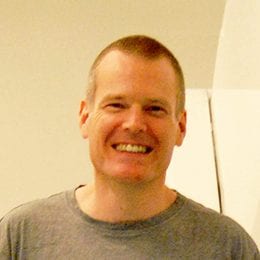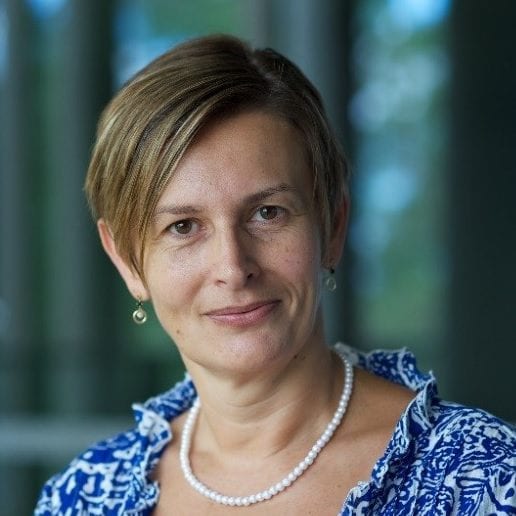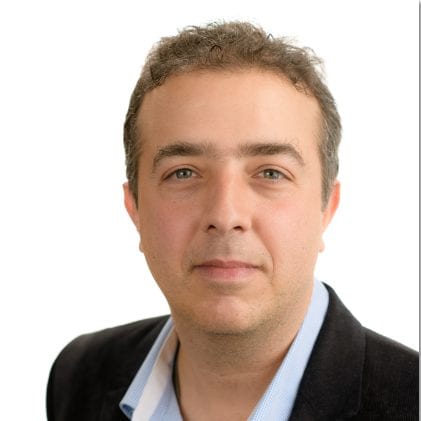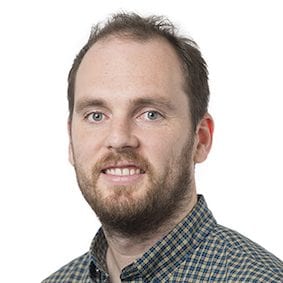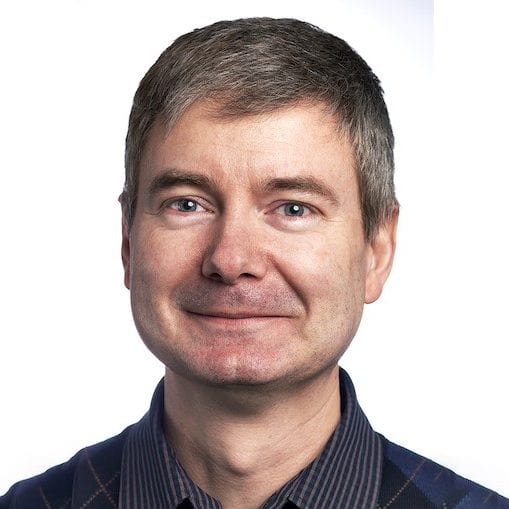Michael de Veer
Dr de Veer obtained his PhD in Biochemistry at Monash University and has extensive post-doctoral experience in signalling pathways, linking tracers and mapping cell migration and immune modulation within the lymphatic system. A large portion of his research is conducted with industry partners and he understands the interface between academic and translational research. He is currently leading the pre-clinical imaging team at Monash Biomedical Imaging and brings extensive experience with the large animal and rodent models that our users want to image. His own imaging research is aimed at developing MR and PET-MR imaging agents to delineate the lymphatic system in pre-clinical models of oedema and disease. He is an advocate for the benefits and impact of incorporating multi-modal imaging into projects to produce excellent research outcomes. A large part of his role is to facilitate industry engagement with the facility and drive translational research.



